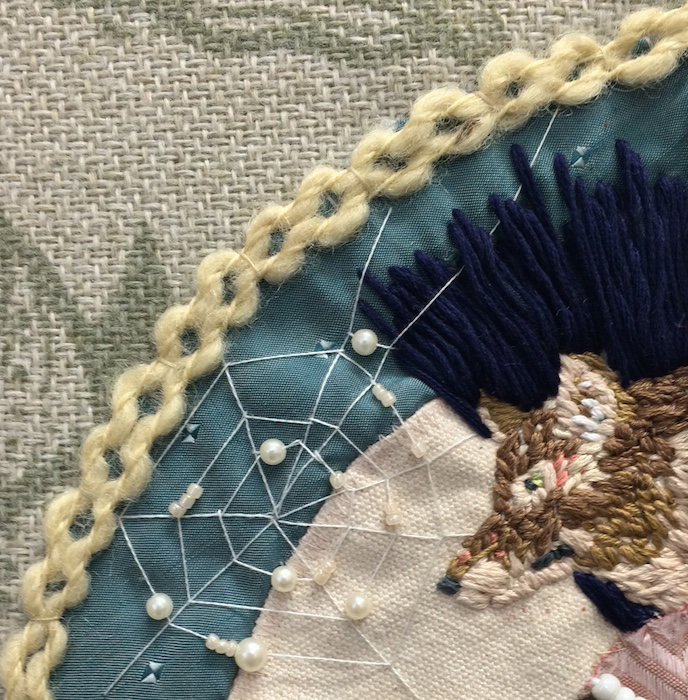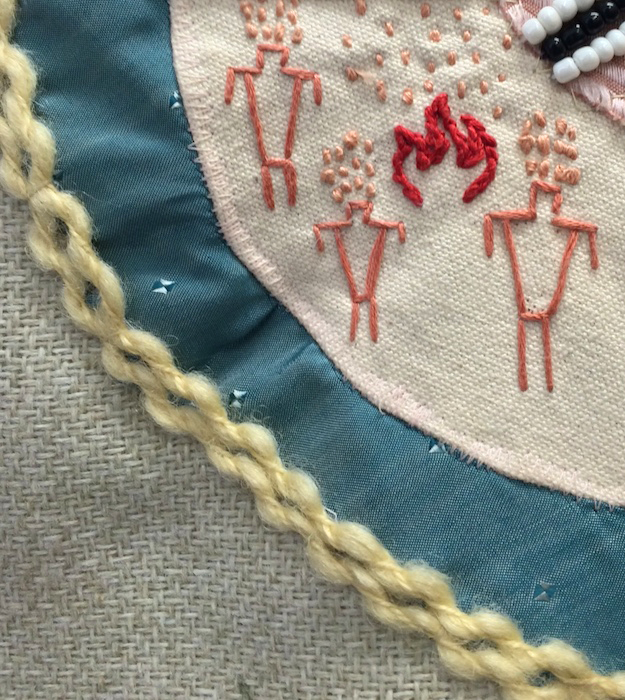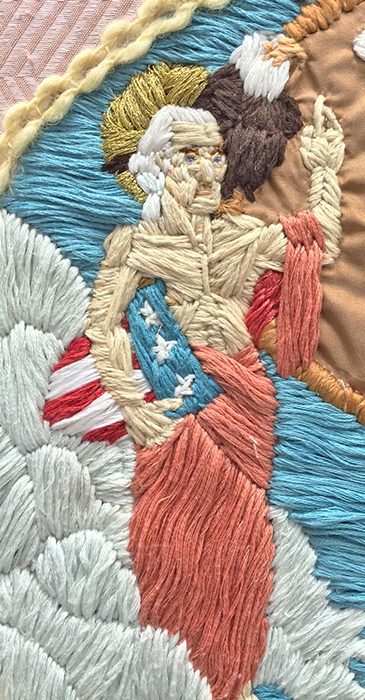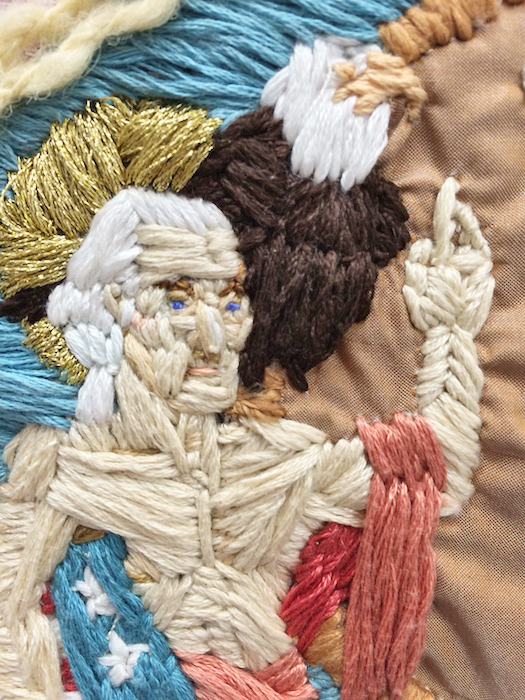Crossroads
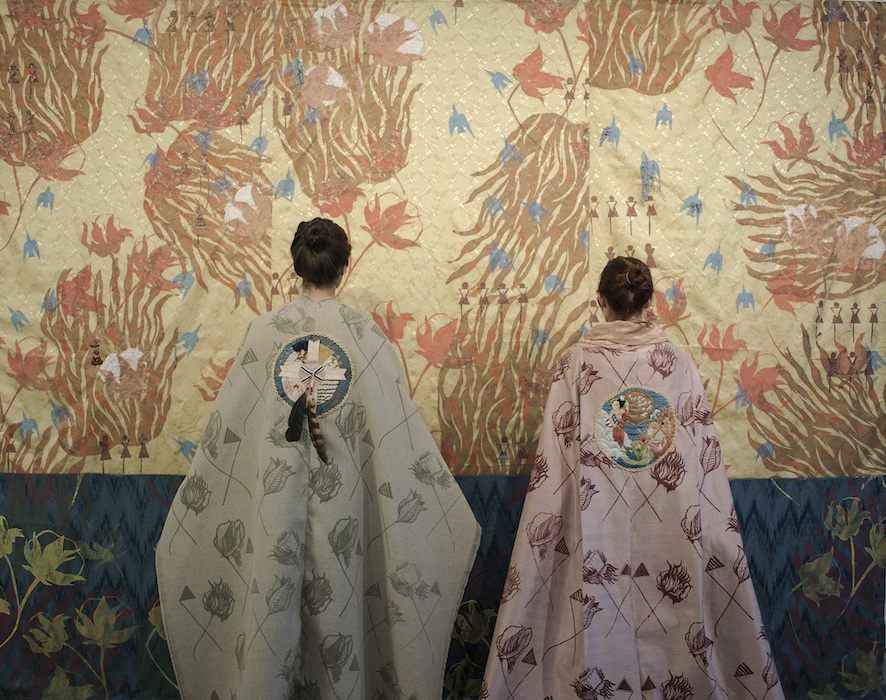
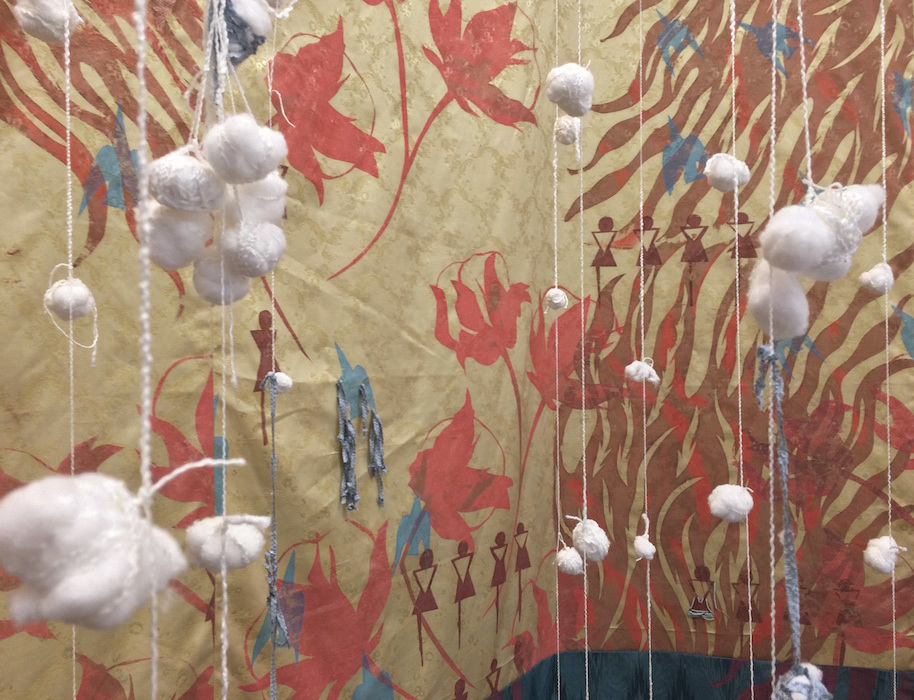
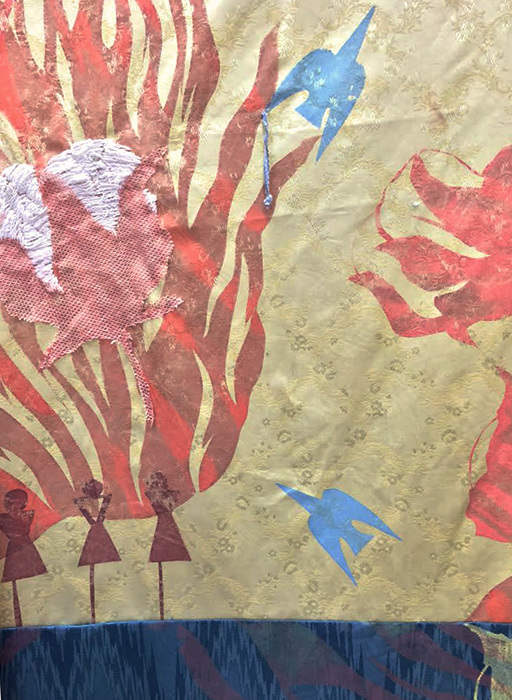
Cultural identity has been a concept that has eluded me for as long as I can remember. Being a descendent of Filipino, Cherokee, and European blood, I find this physical lineage of myself blurred with my upbringing of my family who I was adopted by at the time of my birth. There has never been any question that my adoptive mother was anything but my true mother who loved me as much as any mother can love a child, but there still remained an absence of something that felt like it should be a part of me. There was nothing that could have replaced this yearning, but I was at a loss for guidance. The more I delved into the traditions of Filipino and Cherokee peoples, the more the complexity of these cultures expanded, stretching away from me. I felt like an outsider always looking in.
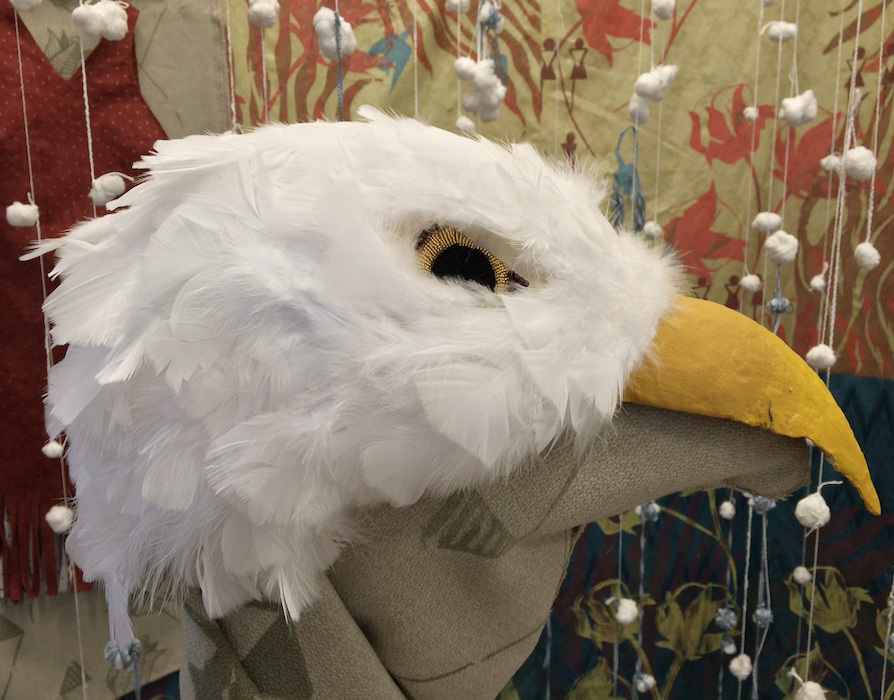
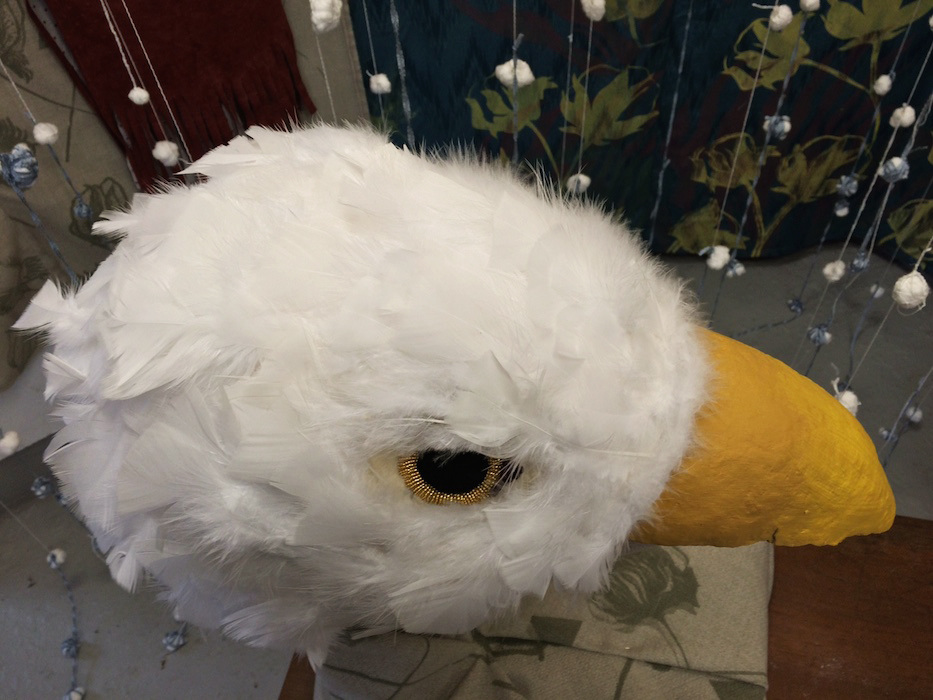
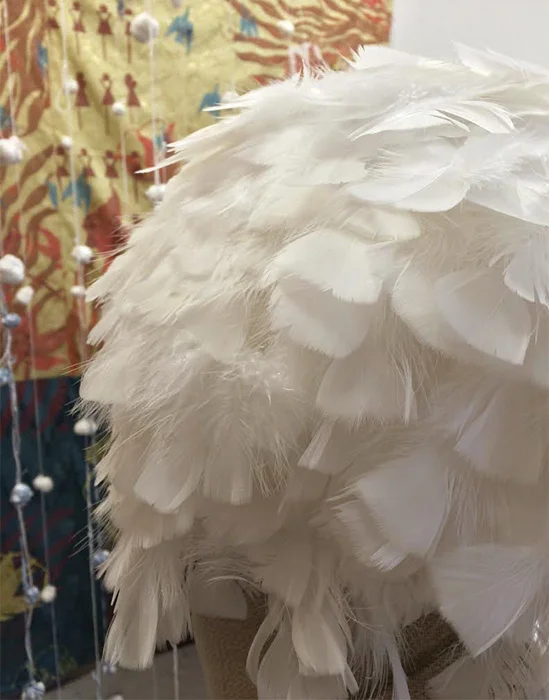
Where is the line of identity drawn between the blood that runs through our veins and the way in which we are raised? Surely one cannot supersede there other, but both are critical in the existence of who we are and when this time may be. Without my specific upbringing, I would surely not be in the same place I am today, but without my ancestry, I could be an entirely different person with different blood living in a different place in the world; I might not exist at all.
So at what point do we own the person we feel we have become? Is it the social upbringing? Is it the people who are the blood in your veins and the code in your DNA? History is a bias that is told by the victors, but the past is unchangeable in our genetic make up. I needed to understand the past of my ancestors in order to truly feel at peace with my current place in the world. Without it, half of the person I am would simply feel transparent.
This project was a collaboration between myself and my friend, Jennifer Murray (RISD Painting ’15). After the last project that we had worked on together, she asked me if there was a time or place in history that I was interested in exploring. This was the perfect opportunity to dedicate myself towards researching my heritage in an academic setting, as well as being able to funnel this interest into a way that could potentially reach out to others who feel a similar disconnection to their ancestry. Without hesitation I answered with “Native Americans and Colonialism.” This was the point where the Western world would be subjected to Imperialism, and the fate of several parts of the world would be set on a new path. Jennifer also expressed her interest in this topic, as it turned out her ancestors were aboard the original Mayflower expedition that led English settlers to American soil for the first time. Separated by oceans and time, we found that our pasts have been forever altered by these events, and in the 21st century, we have found each other and kindled the bond of friendship.
People of this Earth are in the mindset that they are beings of the present, but without the past, we would not found ourselves in the place we are today. For the Native Americans and the Colonists, is impossible to determine how this interaction between these cultures could have otherwise occurred, but the present world we live in is all we have to work with.
We wished to create a dialogue between these two American cultures, placing them at the crux of their interaction. Rather than heading down a path of disregard and usurpation of land, these two peoples reach a place harmony, finding parallels in their differences. It was vital for us to highlight their similarities without disregarding the aspects that make them different from one another. The use of the printed backdrop places the two characters within the same space, on a common ground with one another. The characters themselves are dressed in cape and dress that differ in fabric to best portray the culture which they represent, though the patterned cross of cotton stem and peace pipe is used on both capes to unite the two beings at a place of mutual understanding. The embroidered patch serves as a window into the core beliefs of life and death of these cultures, which we believe was a main point of contention between these two sides. They do not come from the same cultural background, but one does not need to practice a belief in order to understand its value.


